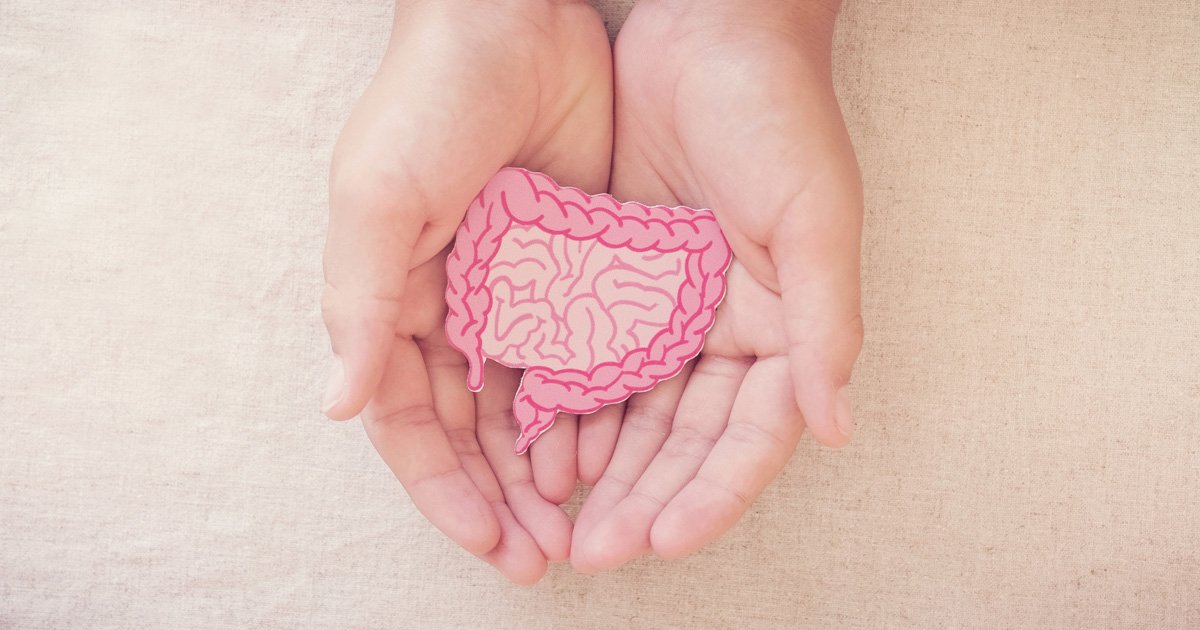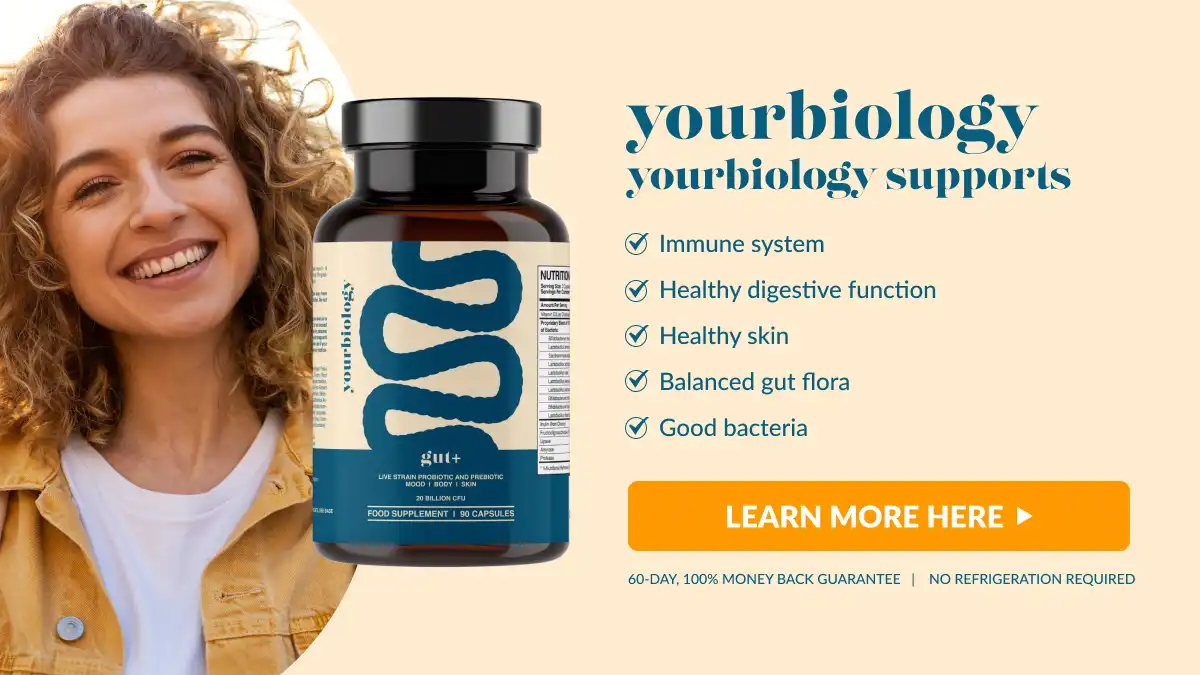Updated on January 30, 2025 by Martin

A Holistic Approach to Enhancing Gut Health
The significance of gut health in overall well-being cannot be overstated. As someone who has previously worked as a personal trainer, I have observed firsthand how crucial a healthy gut is for optimizing physical performance and enhancing mental clarity. More than just a site for digestion, the gut is a complex system that affects your immune function, mood, and energy levels. The good news is that the journey to heal your gut is entirely within your grasp. Let’s delve into a comprehensive approach to improving your gut health and vitality.
Comprehending Gut Health
The gut harbors trillions of microorganisms, including bacteria, viruses, and fungi, which collectively form the gut microbiome. This microbiome plays a vital role in:
- Breaking down food: Facilitating digestion and efficient nutrient absorption.
- Boosting immunity: Hosting 70% of the immune system within the gut lining.
- Promoting mental well-being: Generating neurotransmitters like serotonin that impact mood.
An imbalance in the microbiome caused by poor dietary choices, stress, or environmental toxins can result in symptoms such as bloating, fatigue, and more severe health issues. Healing your gut entails addressing these triggers and rebuilding a foundation of health.
Step 1: Nourish Your Gut with Proper Nutrition
The foundation for improving gut health lies in dietary choices. Your food selections directly influence the diversity and well-being of your gut microbiome, so prioritize foods that support its health.
Incorporate Whole, Nutrient-Dense Foods
Whole foods supply fiber, vitamins, and minerals that nourish your gut bacteria. Essential foods to include are:
- Prebiotic foods: Rich in fibers that feed your gut bacteria, such as garlic, onions, asparagus, bananas, and oats.
- Probiotic-rich foods: Containing live beneficial bacteria, such as yogurt, kefir, sauerkraut, kimchi, and miso.
- Antioxidant-rich foods: Such as berries, green tea, and olive oil, which safeguard and promote gut health.
Avoid Harmful Foods
Certain foods disrupt gut balance and inflame the gut lining. Be cautious of:
- Processed foods high in sugars and unhealthy fats.
- Artificial sweeteners that alter microbiome composition.
- Gluten or dairy if you have sensitivities to these ingredients.
Step 2: Effectively Manage Stress
Stress significantly impacts gut health, disrupting the delicate gut-brain axis balance. Prolonged stress can lead to a condition known as “leaky gut” and inflammation.
Adopt Stress-Reducing Techniques
Integrate practices that help calm your nervous system and alleviate stress:
- Mindfulness meditation: A daily routine can lower cortisol levels and enhance gut-brain communication.
- Deep breathing exercises: Engage in slow, diaphragmatic breathing to activate your parasympathetic system.
- Gentle movement: Activities like yoga, stretching, or leisurely walks can regulate stress levels and promote digestion.
Step 3: Restore and Safeguard the Gut Lining
The gut lining acts as a protective barrier that prevents harmful substances from entering the bloodstream. When this lining is compromised, it is vital to focus on repair.
Essential Nutrients for Gut Repair
- L-Glutamine: An amino acid that fortifies and regenerates the gut lining.
- Zinc: Supports barrier function maintenance and reduces inflammation.
- Bone broth and collagen: Rich in compounds that aid in gut cell restoration.
- Omega-3 fatty acids: Found in fish, flaxseeds, and walnuts, these fats alleviate inflammation.
Step 4: Promote Detoxification
A healthy gut facilitates the body’s efficient elimination of toxins. Poor gut health can impede this detoxification process.
Strategies to Enhance Detoxification
- Stay hydrated: Adequate water intake helps flush out toxins.
- Consume fiber-rich foods: Fruits, vegetables, and whole grains provide soluble and insoluble fibers that support regularity.
- Sweat it out: Engage in physical activity or use a sauna to eliminate toxins through sweat.
- Incorporate probiotics: Supplements like YourBiology can rebalance the gut microbiome and aid in detoxification by replenishing beneficial bacteria.
Step 5: Establish Sustainable Habits for Gut Health
Improving gut health necessitates a long-term commitment. Small, consistent changes can yield significant results.
Prioritize Quality Sleep
Sleep plays a more substantial role in gut health than commonly perceived. Inadequate sleep can result in inflammation and disrupt microbial equilibrium. To enhance your sleep quality:
- Maintain a regular sleep schedule.
- Avoid screens before bedtime to reduce exposure to blue light.
- Develop a calming pre-sleep routine to unwind.
Exercise in Moderation
Regular, moderate physical activity fosters a diverse gut microbiome. Activities like strength training, walking, or yoga are beneficial, but avoid excessive exercise, as it can strain your body and gut.
Use Antibiotics Prudently
While antibiotics are essential in certain circumstances, they can eradicate both harmful and beneficial bacteria. Employ antibiotics judiciously and follow up with probiotics to replenish your microbiome.
Seek Professional Assistance When Necessary
If symptoms persist or worsen, it is advisable to consult a healthcare professional. Common indicators that may require medical attention include:
- Chronic digestive problems like bloating, diarrhea, or constipation.
- Fatigue, cognitive fog, or unexplained skin conditions.
- Manifestations of food intolerances or sensitivities.
A functional medicine specialist can evaluate your gut health and devise a personalized plan to address specific concerns.
Concluding Thoughts on Enhancing Gut Health
The journey to heal your gut is a gradual but fulfilling process. By making deliberate choices to nourish your body, reduce stress, mend your gut lining, and adopt enduring habits, you can achieve enduring enhancements in both your physical and mental well-being. Remember, the gut is not solely responsible for digestion—it serves as the cornerstone of your overall health.
Embark on this journey today. Your path to health commences with the decisions you make at this moment.
Sources:
- Chong PP, Chin VK, Looi CY. (2019). The Microbiome and Irritable Bowel Syndrome – A Review on the Pathophysiology, Current Research and Future Therapy. PubMed
- Sonnenburg, J. L., & Sonnenburg, E. D. (2019). Gut microbes and diet in health and disease. Nature.
- Clarke, G., Cryan, J. F., & Dinan, T. G. (2014). Stress and the microbiome-gut-brain axis in humans. Psychoneuroendocrinology.
- Wells, J. M., Brummer, R. J., et al. (2017). Homeostasis of the gut barrier and potential biomarkers. American Journal of Physiology-Gastrointestinal and Liver Physiology.
- Turnbaugh, P. J., et al. (2009). A core gut microbiome in obese and lean twins. Nature.
Title: “Exploring the Intriguing World of Bioluminescent Organisms”
Have you ever been enchanted by the mesmerizing glow of fireflies on a warm summer night? Or marveled at the bright blue light emitted by the ocean’s depths? These stunning displays of bioluminescence are just a glimpse into the fascinating world of organisms that have the ability to produce their own light.
Bioluminescence is a captivating natural phenomenon that occurs when certain organisms, such as fireflies, jellyfish, and deep-sea creatures, are able to produce light through a chemical reaction. This unique ability serves a variety of purposes, from attracting mates and luring prey to communicating with other members of their species.
One of the most well-known bioluminescent organisms is the firefly, whose flashing light patterns are a common sight in many parts of the world. These tiny insects use their bioluminescence to attract mates, with each species having its own distinct flashing pattern to ensure successful reproduction.
In the depths of the ocean, bioluminescence is a crucial adaptation for many marine organisms that live in the dark, cold waters. Deep-sea creatures such as anglerfish and lanternfish use their glowing appendages to attract prey or to confuse predators, creating a stunning light show in the otherwise pitch-black environment.
But bioluminescence is not limited to just insects and marine life – there are also bioluminescent fungi, bacteria, and even some species of mushrooms that emit a soft, eerie glow in the dark. These organisms use their bioluminescence as a form of defense or to attract insects for pollination, showcasing the diverse ways in which nature has evolved to harness the power of light.
The study of bioluminescent organisms continues to intrigue scientists and researchers around the world, as they seek to unlock the secrets behind this incredible natural phenomenon. By understanding how these organisms produce light and the ecological roles it plays in their respective environments, we can gain valuable insights into the complexities of the natural world.
So next time you find yourself in a dark forest or on a moonlit beach, take a moment to appreciate the beauty and wonder of bioluminescent organisms. Their enchanting glow serves as a reminder of the incredible diversity and adaptability of life on Earth, and the endless possibilities that nature has to offer.


